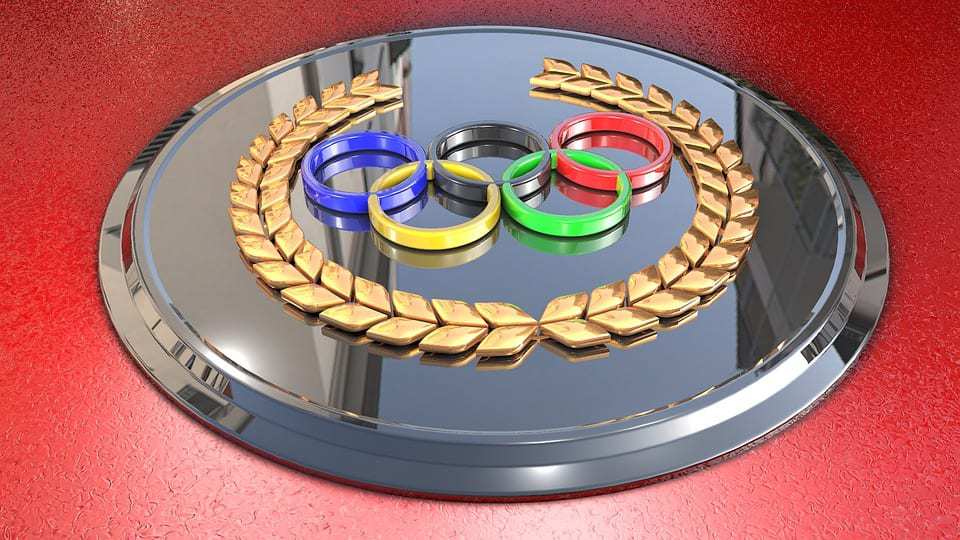Special booths were available to Games visitors to try out fifth generation telecommunications tech.
The Pyeongchang Olympic Games were a testament to athletic mastery but also featured 5G technology for visitors to try. Booths allowed people to test out the fifth generation telecommunications tech, which is the upcoming system expected to be used in the next Games.
The 2020 Tokyo Games will likely use the fifth generation technology as a fresh way to watch sports.
These demonstrations have made this year’s Games the first 5G technology Olympics in the world. The organizing committee presented a range of the latest different forms of tech, including high-def videos, which were shown at the boots, as well as ultra high speed telecom.
One of the booths was located near the Pyeongchang snowboarding venue. That one showed guests some tablet computers that allowed users to be able to watch skaters from any angle they wanted. This tech makes it possible to view the skating in that way by processing video data from among forty different angles.
The 5G technology makes it possible to transmit massive video content quantities, including live broadcasts.
A number of different companies participated in this tech presentation. They included KT Corp, which is a large telecom firm in South Korea. Together, they presented visitors to the Games with an entirely new viewing experience.
In addition, there was also a virtual reality booth located not far from the Gangneung figure skating venue. There, visitors were encouraged to try the VR headsets through which they were able to experience a number of simulating events from the perspective of the athletes themselves. This included the experience of a ski jumper sliding down the ramp and sailing through the air.
“I was able to feel how tense athletes become during competition,” said a university student from Seoul.
Through the use of the 5G technology system, there will be a 100 times greater transmission speed. Moreover, the transmission capacity is expected to be around 1,000 higher than LTE. This, according to data from sources such as the Internal Affairs and Communications Ministry. The use of the tech in Japan is predicted to be considerable, particularly for practical purposes.

